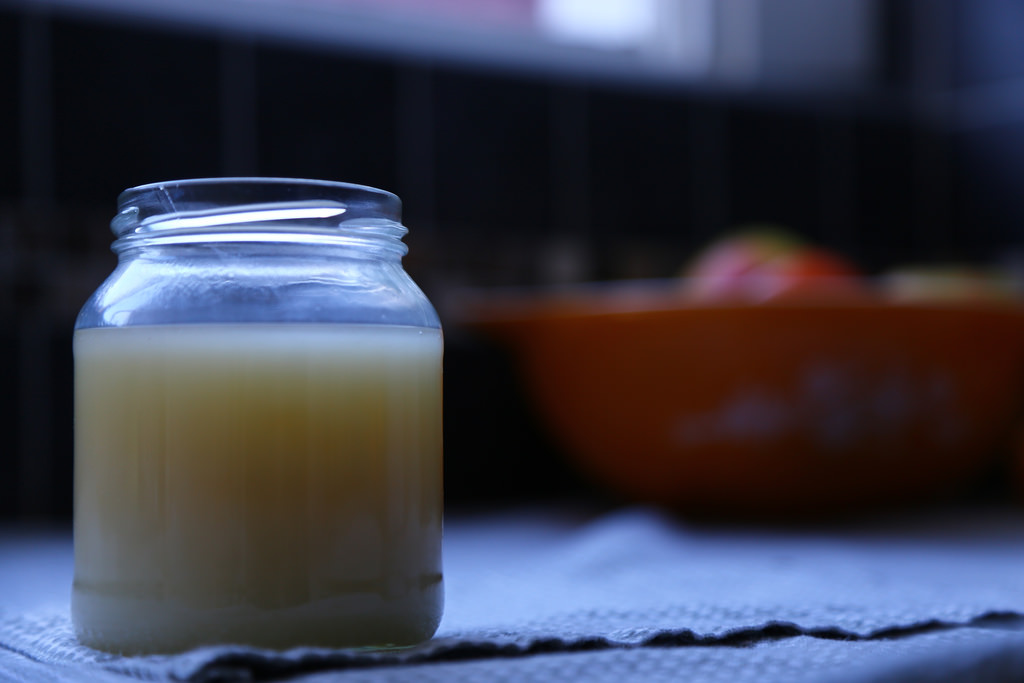Tallow used to be commonplace a few hundred years ago, before it was replaced with mass-produced cooking oils like canola, corn and soy. What it is is rendered animal fat, (it’s normally called tallow for beef fat and lard for pig fat, but the same principles apply for each) and it can be used in many ways.
Why Render Tallow
The reason this is ideal for a homesteader is it’s always ideal to use every part of a butchered animal, and tallow gives you a great way to use up all the fat. But it’s not just useful-its super healthy and nutritious. Tallow is rich in Vitamin K, which is essential for bone health, cognitive function and heart health, Conjugated linoelic acid which regulates the immune system and maintains a healthy heart, and has also been suggested to contribute to weight loss, and omega-3 fatty acids, which can help with heart health, eye health, a healthy pregnancy, cognitive function, balancing mood and lowering cholesterol, to name just a few.
How to Use
Tallow can be used for frying and cooking, in place of butter or cooking oil, as an ingredient in lotion or cosmetics, and even to condition leather or as a lubricant for certain farm equipment. Probably one of the most efficient uses for tallow is for making pemmican, an incredible, super-nutritious survival food that can last for years.
How to make:
To make tallow, you will probably want to start by looking up a recipe specifically for the animal who’s fat you are rendering, just to get an idea of specifics about that fat in particular, but for the most part the process is going to be the same.
- First, you will want to start with frozen or refrigerated fat. This is how it should be stored before you render it. When you’re ready to make it, cut it up into small pieces or pulse in a food processor until it is broken up.
- Then, you’ll want to put on very low heat over a stove. The key is not to burn it. A stove thermometer is handy here, keep it between 200-250 degrees. Stir pretty much constantly to prevent burning.
- Once it is all melted, you need to strain it out. A metal mesh strainer will probably work well, or a colander lined with cheesecloth or a coffee filter. The liquid will be very hot, so as you strain it, make sure it is into something like an old coffee cup or sturdy heat-proof jar.
- Once it is cool, it will be ready to store. It can keep at room temperature for up to a month, or in the refrigerator for a few months. It will keep in the freezer for up to a year. And that’s it! Enjoy your fresh, healthy, useful tallow.
Have you ever rendered tallow?
If you like this, you might also like:

